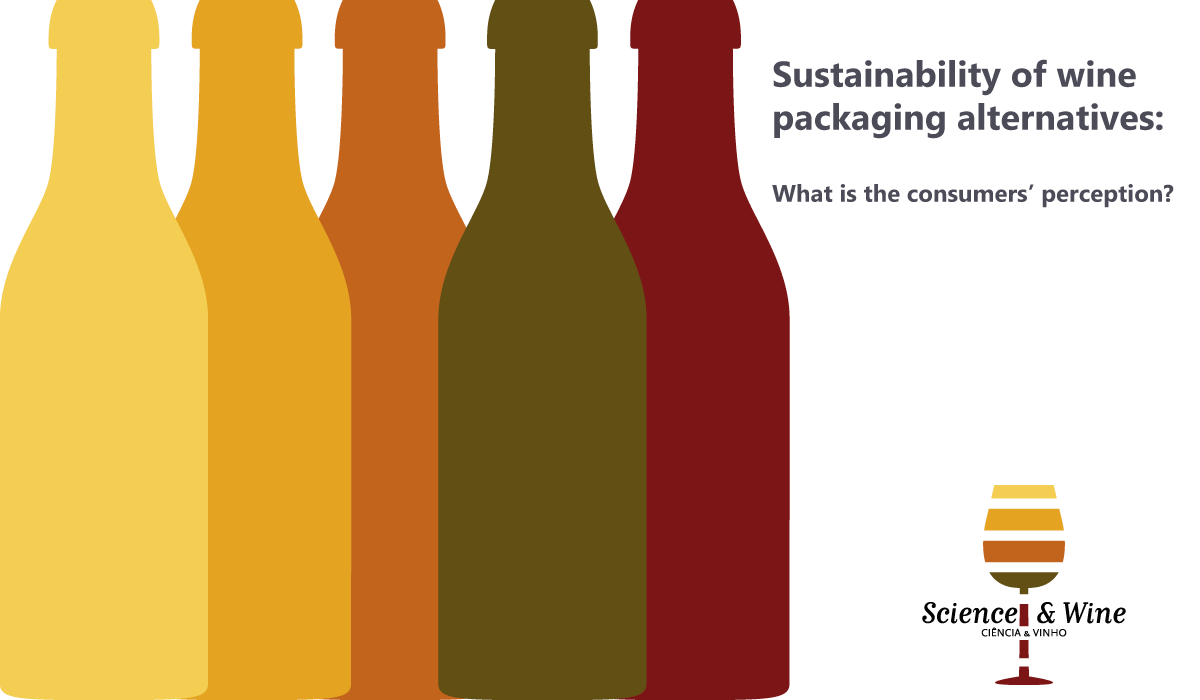Southern California has seen a resurgence of winegrowing regions in the past few decades, however the future of winegrape climatic suitability in the area has not been exhaustively explored. This post reports the results of a study that evaluated the future climate suitability for the cultivation of winegrape and potential global warming impacts on southern California’s winegrowing regions through a series of high-resolution surface air temperature and precipitation projections obtained with the WRF-SSIB regional climate model.

Sustainability of wine packaging alternatives: What is the consumers’ perception?
The glass bottles used for the packaging of wine, is the main cause of environmental impact of the wine life cycle. Using lighter packaging alternatives (such as bag-in-box, aseptic carton, or PET bottles) significantly decreases that environmental impact. In Italy, there is widespread scepticism towards wine bottled in alternative packaging. This study presents a preliminary survey addressed to a sample of 1000 wine consumers to explore their attitudes and willingness to purchase wine in packaging alternatives that are more sustainable than glass bottles. Read the post to know the results.

Accelerating transformations to organic wine production. Insights into Panzano (Tuscany).
This blog post is based on a recently published article in the journal “Sustainability” on the role of territorially embedded innovation ecosystems accelerating sustainability transformations: a case study of the transformation to organic wine production in Tuscany (Italy).

Measuring Wine Tourism’s Carbon Footprint
Although cellar door sales generate greenhouse gases that may negatively affect the wine industry’s environmental sustainability, wine tourism also offers many benefits. A regular inflow of visitors can be critical to the survival of many small and medium sized wineries. Moreover, wine tourism contributes to the cultural preservation and social stability of rural communities, and makes significant contributions to the economic and social sustainability of many wine producing regions. To understand both the costs and the benefits of wine tourism, it is time to add a consideration of its carbon footprint to the industry’s comprehensive efforts towards achieving both financial and environmental sustainability.

The environmental sustainability of wine packaging alternatives
The bag-in-box is the preferable alternative, followed by the aseptic cartons that had only slightly worse environmental performances. Compared to single use glass bottles, the impacts of bag-in-box were from 60% to 90% lower. Therefore, in order to improve the wine packaging sustainability without substituting glass for wine packaging, a glass bottle reuse program is a convenient alternative only when considering the local market. The study provides useful indications for industry and government stakeholders seeking out new strategies for enhancing the sustainability of the wine life cycle as well as it contributes to counter the prejudice that glass packaging would be more sustainable than plastic or multilayer packaging.

